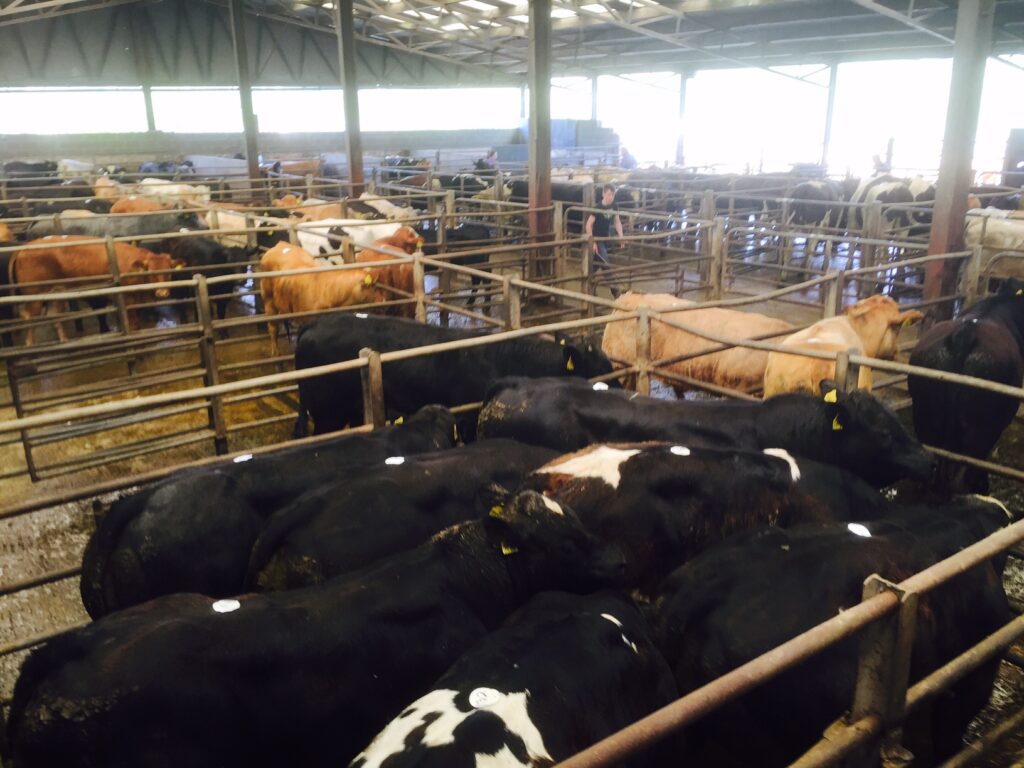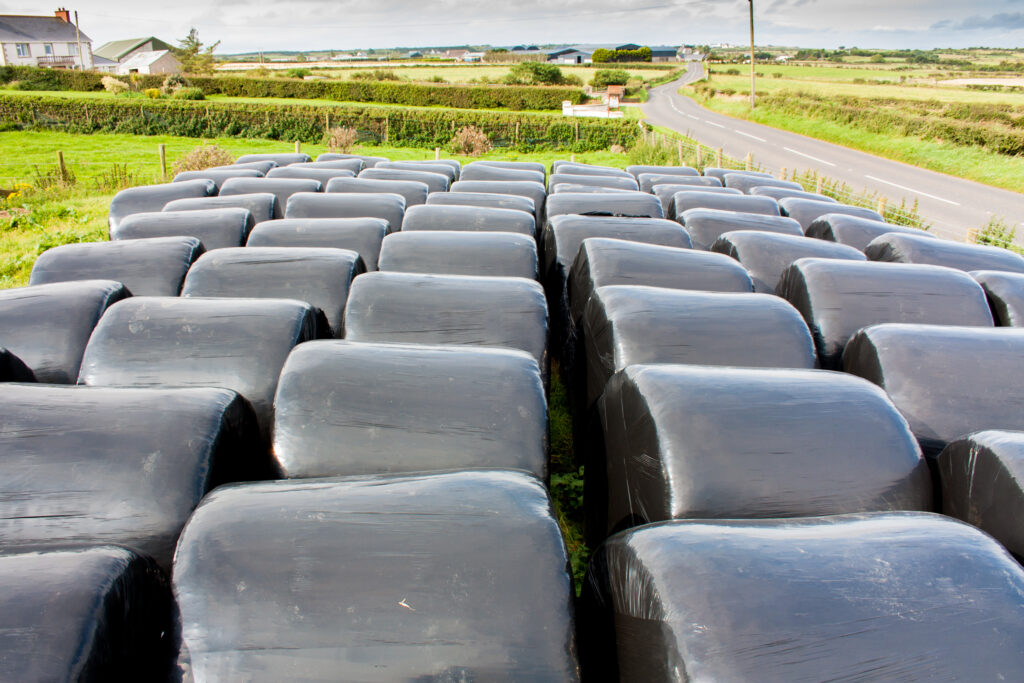These days, suckler calves are being weaned on many beef farms, with culling of suckler cows also in progress.
Culling of suckler cows and replacing them with young productive heifers is a hugely important aspect of suckler herd management.
No farmer likes culling an animal that they may have nourished and looked after for years. However, it is a necessary task in order to maintain long term herd productivity and output.
Cull cows can boost cash flow
Earnings from the sale or slaughter of cull cows make a major contribution to cash flow on numerous suckler farms.
However, some planning is needed in order to maximise the income from cull cows while avoiding
management problems such as fodder shortage, poaching of fields and shed space requirements.
Too many cull cows and not having a definite plan to deal with them can prove to be a liability.
Farmers should have a plan for dealing with cull or barren cows. They can provide a valuable source of income or they can create management problems, becoming a liability if not handled carefully. Once weaning has occurred and the cull or barren cows have been dried off some options exist to removing these animals from your herd.
After the mixed weather of the summer, most cull cows are in reasonably good condition and fit for sale.
Sell at mart or farm to farm sale. Ensure cull cow is well fleshed before sale.
For beef cows that are 30-40kg short of slaughter weight, feed 3-4kg of a high energy low protein (12-14% CP) ration per head/day while still at grass.
The wet weather woes of recent weeks have made feeding outdoors difficult. Feed on dry ground in open troughs or under electric fences.
For beef cows that are more than 40kg short of slaughter weight which have been on meal at grass, these animals can be housed, finished indoors and slaughtered before Christmas.
Good quality silage along with 6-7kg of concentrates per head/day (split ration, feed twice daily) will give high weight gains in the short term while saving on fodder. If silage is only of moderate quality, less than 70% DMD, consider feeding concentrates ad-lib to animals during finishing period.
To over winter cows you need excellent quality fodder, greater than 70% DMD and the housing facilities.
Realise that every cow being overwintered will each consume 10-12 bales of silage, plus a vast amount of concentrates.
This fodder may be better utilised by more productive stock such as pregnant suckler cows/heifers, beef animals, or young replacement heifers that are 4 or 5 Star on the Eurostar replacement index.
A fodder budget and cash flow budget needs to be undertaken if considering this option. Plan to move cull cows before the onset of winter.
Sell them or fatten them for slaughter. Either way, don’t let them become a liability on your farm
By Anthony O’Connor, Teagasc Adviser, Galway/Clare Regional Unit
Finishing Plan
1. Sell cull cows post weaning
2. Beef up cull cows at grass
Overwinter cull cows and sell as beef next spring



